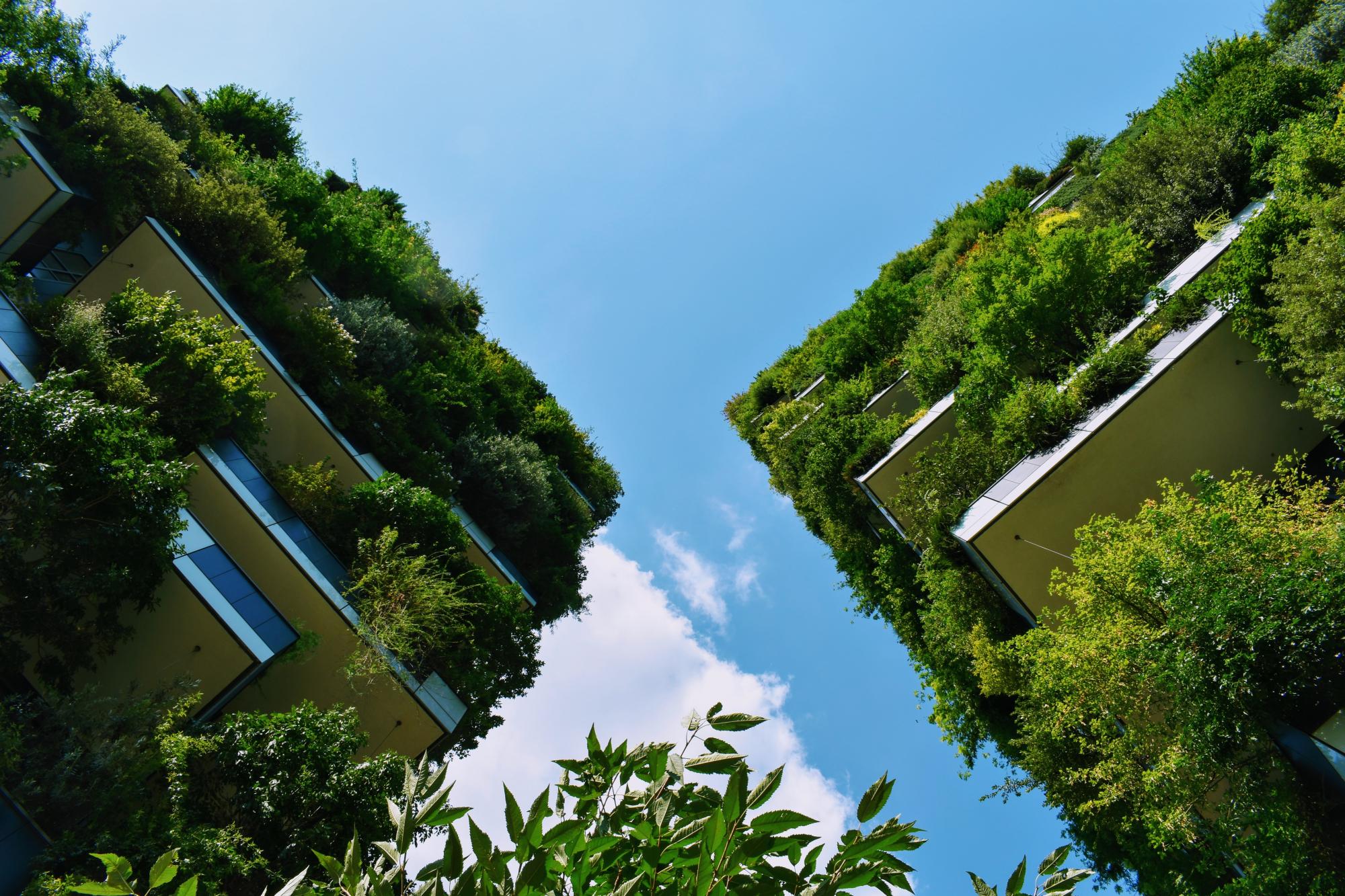The Joe Louis Greenway is a 27.5-mile recreational pathway designed to create safe, connected, and equitable spaces throughout Detroit. It will link 23 neighborhoods across Detroit, Hamtramck, Highland Park, and Dearborn, connecting them to each other and to the Detroit riverfront. The greenway will transform a blighted, abandoned rail corridor into a park that runs through the heart of Detroit's communities. (Ref. 2, 3) This project is guided by a Framework Plan funded by the Ralph C. Wilson, Jr. Foundation and shaped by extensive community input. Residents voiced a strong desire for the greenway to provide off-street recreation and increased access to green spaces across Detroit. Additionally, they advocated for the restoration and remediation of former industrial sites, which the Conrail section of the greenway will address. (Ref. 4) The design incorporates stormwater management to mitigate flooding, native meadow plantings to support bird habitats, and tree-lined paths for shade and improved air quality. The Framework Plan ensures the Joe Louis Greenway will transform infrastructure that once divided neighborhoods into one that unites them, reconnects natural systems, drives economic redevelopment, and fosters a resilient social network. (Ref. 13) The concept originated in 2007 with the Friends of the Inner Circle Greenway local NGO and became part of the Detroit Greenways Coalition Network Vision in 2009. The Detroit Greenways Coalition Network Vision is a comprehensive plan developed by the Detroit Greenways Coalition (NGO), an organization dedicated to promoting non-motorized transportation and green infrastructure throughout the city. After years of advocacy and collaboration with the city of Detroit, the project’s route was finalized. In 2017, Mayor Mike Duggan announced the greenway would be renamed in honor of Joe Louis, the legendary boxer and Detroit native who championed African Americans' rights and symbolized social justice. (Ref. 1, 2,)
Overview
Nature-based solution
- Green areas for water management
- Rain gardens
- Swales and filter strips
- Grey infrastructure featuring greens
- Alley or street trees and other street vegetation
- Parks and urban forests
- Large urban parks or forests
- Green corridors and green belts
Key challenges
- Climate action for adaptation, resilience and mitigation (SDG 13)
- Climate change adaptation
- Environmental quality
- Air quality improvement
- Green space, habitats and biodiversity (SDG 15)
- Green space creation and/or management
- Regeneration, land-use and urban development
- Conversion of former industrial areas
- Promote natural styles of landscape design for urban development
- Water management (SDG 6)
- Stormwater and rainfall management and storage
- Health and well-being (SDG 3)
- Creation of opportunities for recreation
- Enabling opportunities for physical activity
- Inclusive and effective governance (SDG 16)
- Inclusive governance
- Social justice, cohesion and equity (SDG 10)
- Social cohesion
- Social justice and equity
- Social interaction
- Sense of community and community engagement
Focus
Project objectives
Implementation activities
Climate-focused activities
Climate change adaptation:
- Increase urban vegetation cover to reduce urban heat island effect
- Implement sustainable urban drainage schemes to manage stormwater
Main beneficiaries
- Citizens or community groups
- Marginalized groups: Socio-economically disadvantaged populations (e.g. low-income households, unemployed), Disadvantaged ethnic or racial groups
Governance
Management set-up
- Co-governance with government and non-government actors
Type of initiating organisation
- Local government/municipality
- Non-government organisation/civil society
- Citizens or community group
Participatory approaches/ community involvement
- Co-planning (e.g. stakeholder workshops, focus groups, participatory mapping)
- Taskforce groups
- Consultation (e.g. workshop, surveys, community meetings, town halls)
- Citizen oversight (e.g. boards, advisory)
Details on the roles of the organisations involved in the project
Project implemented in response to ...
Financing
Total cost
Source(s) of funding
- Public local authority budget
- Public national budget
- Public regional budget
- Private Foundation/Trust
Type of funding
- Earmarked public budget
- Direct funding (grants, subsidies, or self-financed projects by private entities)
Non-financial contribution
- Provision of land
- Provision of expertise
- Public authorities (e.g. land, utility services)
- Citizens (e.g. volunteering)
Impacts and Monitoring
Environmental impacts
- Climate change
- Lowered local temperature
- Expected lowered local temperature
- Environmental quality
- Improved air quality
- Expected improved air quality
- Improved waste management
- Achieved improved waste management
- Water management and blue areas
- Improved stormwater management
- Expected improved stormwater management
- Green space and habitat
- Increased green space area
- Expected increased green space area
- Enhanced support of pollination
- Expected enhanced support of pollination
- Restoration of derelict areas
- Expected restoration of derelict areas
Economic impacts
- Generation of other type of work opportunities (e.g. voluntary, work for rehabilitation)
- Achieved generation of other type of work opportunities (e.g. voluntary, work for rehabilitation)
- Expected generation of other type of work opportunities (e.g. voluntary, work for rehabilitation)
- Stimulate development in deprived areas
- Expected stimulate development in deprived areas
- Attraction of business and investment
- Expected attraction of business and investment
Socio-cultural impacts
- Social justice and cohesion
- Improved social cohesion
- Expected improved social cohesion
- Improved access to urban green space
- Expected improved access to urban green space
- Increased visibility and opportunity for marginalised groups or indigenous peoples
- Achieved increased visibility and opportunity for marginalised groups or indigenous peoples
- Increased opportunities for social interaction
- Expected increased opportunities for social interaction
- Increased involvement of locals in the management of green spaces
- Achieved increased involvement of locals in the management of green spaces
- Health and wellbeing
- Gain in activities for recreation and exercise
- Achieved gain in activities for recreation and exercise
- Expected gain in activities for recreation and exercise
- Cultural heritage and sense of place
- Promotion of cultural diversity
- Achieved promotion of cultural diversity









